There are many ways to fit a gaussian function to a data set. I often use astropy when fitting data, that's why I wanted to add this as additional answer.
I use some data set that should simulate a gaussian with some noise:
import numpy as np
from astropy import modeling
m = modeling.models.Gaussian1D(amplitude=10, mean=30, stddev=5)
x = np.linspace(0, 100, 2000)
data = m(x)
data = data + np.sqrt(data) * np.random.random(x.size) - 0.5
data -= data.min()
plt.plot(x, data)

Then fitting it is actually quite simple, you specify a model that you want to fit to the data and a fitter:
fitter = modeling.fitting.LevMarLSQFitter()
model = modeling.models.Gaussian1D() # depending on the data you need to give some initial values
fitted_model = fitter(model, x, data)
And plotted:
plt.plot(x, data)
plt.plot(x, fitted_model(x))

However you can also use just Scipy but you have to define the function yourself:
from scipy import optimize
def gaussian(x, amplitude, mean, stddev):
return amplitude * np.exp(-((x - mean) / 4 / stddev)**2)
popt, _ = optimize.curve_fit(gaussian, x, data)
This returns the optimal arguments for the fit and you can plot it like this:
plt.plot(x, data)
plt.plot(x, gaussian(x, *popt))





